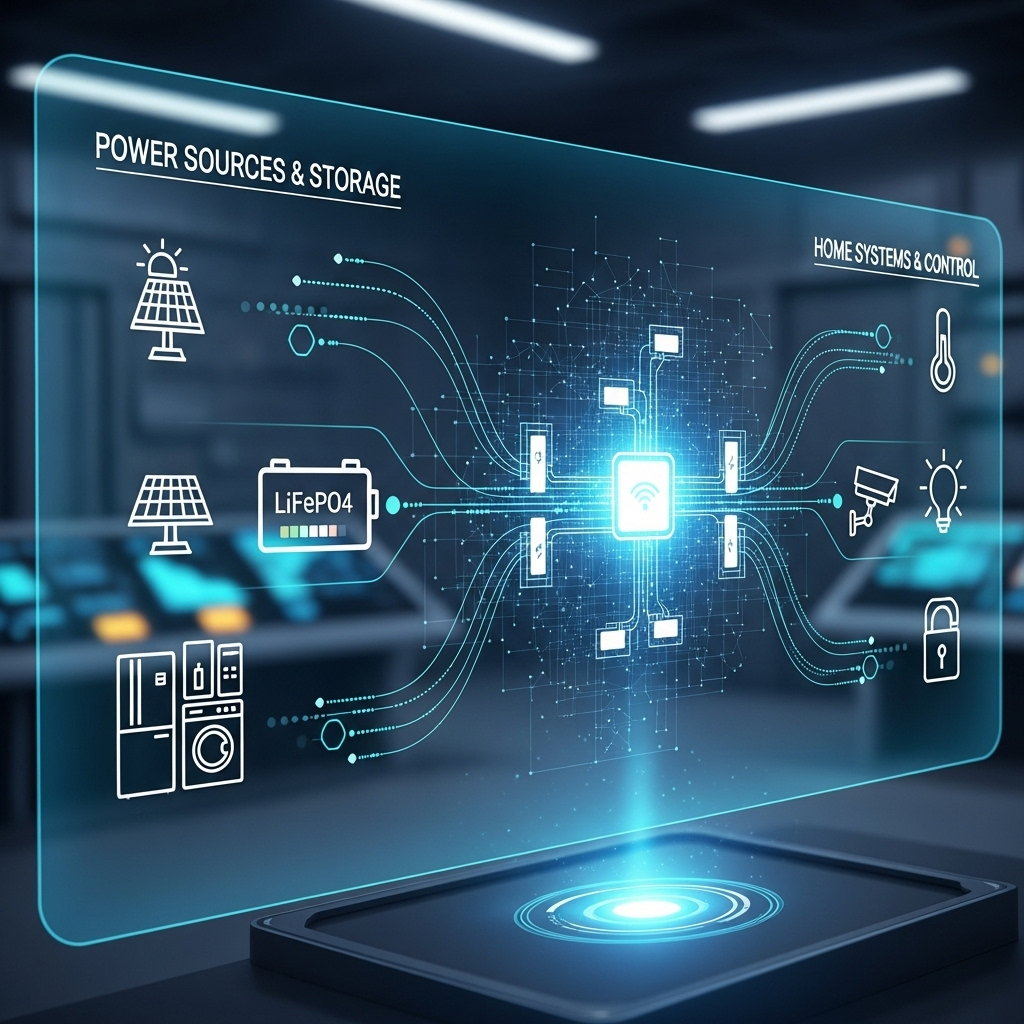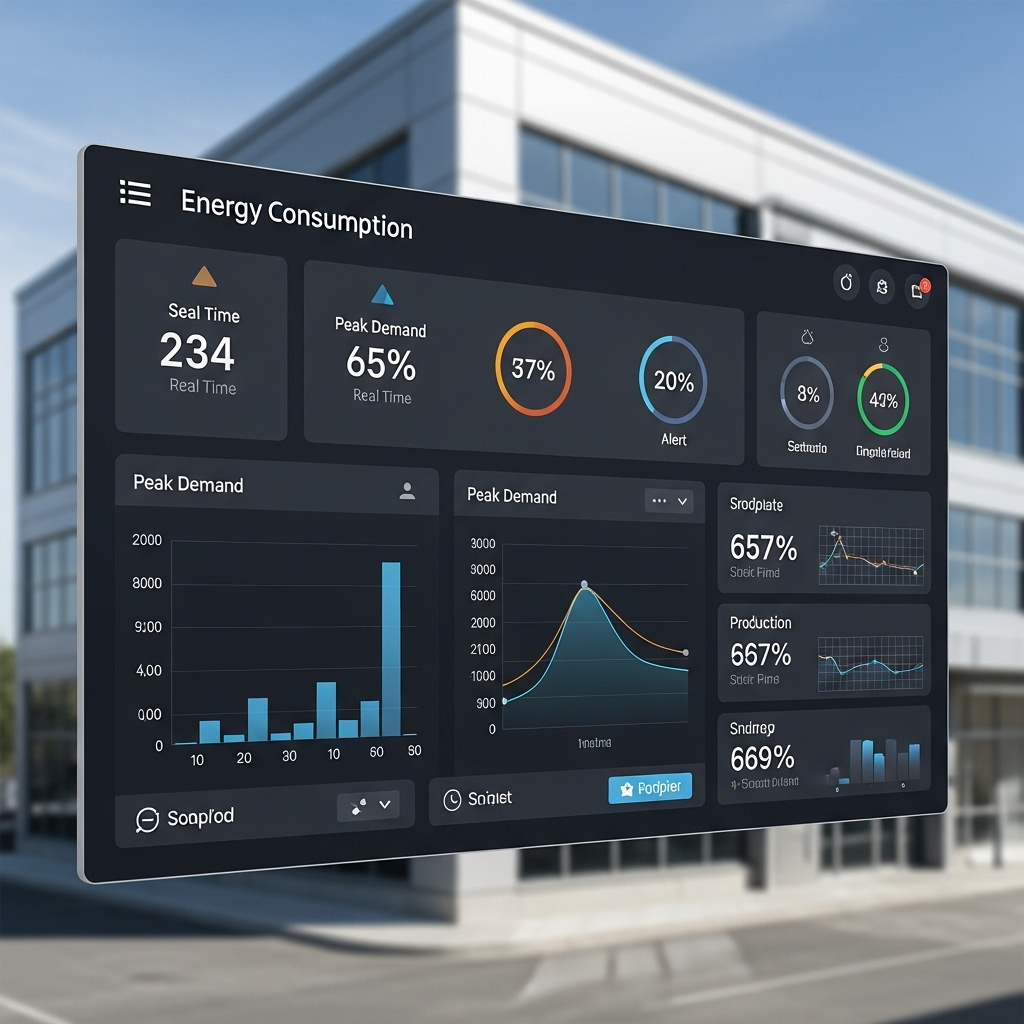As someone who helps fleet operators and utilities build Vehicle-to-Grid (V2G) programs, I've seen the concept evolve from a futuristic idea into a tangible revenue opportunity. The premise is powerful: use an EV's battery to support the power grid during peak demand. The real work, however, is in the communication. How do you get the grid, the charging station, and the vehicle to speak the same language securely? The solution we implement in the field relies on the powerful handshake between two key standards: OpenADR and IEC 15118.
The Two Languages of V2G Communication
To make V2G work, you need a bulletproof communication chain. Think of it like a conversation with two parts, handled by two different but essential protocols.
IEC 15118: The Conversation with the Car
IEC 15118 is the standard that governs the secure, digital dialogue between an EV and the charging station (EVSE). Its most famous feature is 'Plug & Charge,' but for our purposes, its most critical function is enabling **bidirectional power flow**. This is the protocol that allows the charger to securely tell the car not just to charge, but when and how much to *discharge*. As IRENA's Innovation Outlook on Smart Charging points out, this standard is the foundation for moving beyond basic V2G pilots.
OpenADR: The Signal from the Grid
OpenADR (Open Automated Demand Response) is the language of the power grid. It's how a utility or grid operator sends out automated signals about grid conditions—like high energy prices or a need for power. OpenADR is the high-level "why" signal. It doesn't talk to the car directly; it sends the command to an aggregator's energy management platform.
The Integration Blueprint: How We Make Them Work Together
In practice, V2G is a relay race of information. OpenADR starts the race, and IEC 15118 runs the final lap to the vehicle.
The V2G Communication Chain in Action
Here’s how a typical dispatch event unfolds in a system I've helped build:
- The Grid Signal: At 5 PM on a hot day, the grid is stressed. The utility sends an OpenADR signal indicating a high-price event.
- The Aggregator's Brain: Our software platform receives that signal. It instantly analyzes its portfolio of connected EVs that are plugged in, have sufficient charge, and are opted-in to the program.
- The Command to Discharge: The platform then acts as a translator, converting the grid's general need for power into a specific command. It sends a secure discharge instruction via IEC 15118 to the targeted charging stations.
- The Vehicle Responds: The charger communicates the order to the EV, which then begins sending a precise amount of power back to the grid for a set duration.
This entire sequence is automated and happens in seconds, turning a fleet of parked vehicles into a fast-acting, virtual power plant.
Monetizing Your EV Fleet: Real-World Revenue Streams
Integrating these standards unlocks real financial value. The most common services we help clients provide are:
- Frequency Regulation: This is a high-value service where EV batteries make tiny, rapid-fire adjustments (charging or discharging) to keep the grid's frequency perfectly stable.
- Peak Shaving & Arbitrage: This is a simpler economic play: charge the fleet at night when power is cheap, and sell some of that energy back during expensive afternoon peak hours.
- Capacity Reserves: Here, the grid operator pays the fleet simply to be on standby. You get paid for being available, even if your vehicles are never asked to discharge.
A Realistic Look at V2G Services
| Service | My Takeaway | Primary Goal |
|---|---|---|
| Frequency Regulation | Technically demanding but often the most lucrative. | Grid stability |
| Energy Arbitrage | Easiest to implement; value depends on price spreads. | Profit / Cost savings |
| Capacity Reserves | A great foundational service with predictable revenue. | Grid reliability |
The Big Question: What About Battery Health?
This is the first question every client asks, and it's a critical one. V2G programs are not about draining your batteries to zero. We design them to be "battery-first." This means using shallow discharge cycles, typically keeping the battery's state of charge (SoC) in a comfortable 20-80% range. Sophisticated algorithms ensure that we are maximizing revenue while minimizing stress on the battery. Careful monitoring of the battery's State of Health (SOH) is a non-negotiable part of any professional V2G operation.
Your Path to Implementation: A 3-Step Playbook
Deploying a successful V2G solution requires a methodical approach.
Step 1: A Brutally Honest Asset Audit
The biggest hurdle right now is hardware. Your EV *must* have a bidirectional on-board charger, and your charging stations *must* support bidirectional power flow and IEC 15118. As the IRENA report correctly states, very few cars currently allow for V2G. This is changing fast, but you must start by verifying your assets are truly V2G-ready.
Step 2: Choose Your Software Partner Wisely
Your V2G management platform is your operational hub. Look for a partner whose software is certified for OpenADR and has proven, field-tested support for IEC 15118. This interoperability is key to avoiding being locked into a single hardware vendor.
Step 3: Connect to a Market Program
With the right tech stack, you can enroll your fleet in a demand response program. This is usually done through an aggregator who handles the complex world of market bidding and settlement. They essentially take your V2G-ready assets and put them to work earning money from the grid.
Disclaimer: The information in this article is based on professional experience and is for educational purposes only. It does not constitute financial or investment advice. Consult with a qualified professional before making any investment decisions.
What is the main difference between OpenADR and IEC 15118?
Think of it this way: OpenADR is the grid shouting "I need help!" to a concert hall. IEC 15118 is the security guard whispering a specific instruction to an individual person in the crowd. The first is a broad signal; the second is a secure, direct command.
Do all EVs support V2G with IEC 15118?
No, and this is a critical point. Only a select few models currently have the necessary bidirectional hardware and software. This number is growing, but always verify V2G capability before purchasing assets for a V2G program.
How does V2G affect my EV's battery warranty?
This is a major consideration. It varies by manufacturer and is evolving. Some are beginning to explicitly cover V2G use, while others may void the warranty. You must read the warranty documents carefully and get clarification from the manufacturer before enrolling in a program.





Leave a comment
All comments are moderated before being published.
This site is protected by hCaptcha and the hCaptcha Privacy Policy and Terms of Service apply.